Explore the best places
Results for Palácio da Pena in Portugal
Jardim da Estrela / Jardim Guerra Junqueiro
- country
- leisure
Rua da Estrela
1200, Lisboa
Opened in 1825, it was oredered by the Marquês de Tomar. In the XIX century it was called the Passeio da Estrela. The vegetation is secular with about 800 arboreous species and large variety of flowers. It is a garden of romantic conception and a has a bandstand, an esplanade, a library, a greenhouse, artificial grottos, lakes and picnic area, being one of the most pleasant spaces in the city.
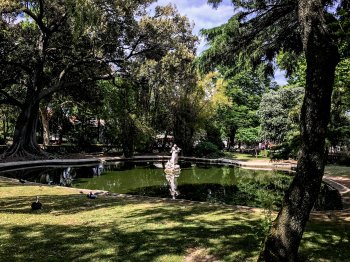
Parque Aquilino Ribeiro
- country
- leisure
Avenida 25 de Abril, 25
3510-118, Viseu
Ancient park, occupied since 1635 by the Capuchin friars, which offers a romantic and peaceful atmosphere, in addition to several botanical rarities. In this park are the Baroque Church of the Third Order of São Francisco and the 17th century chapel of Nossa Senhora das Vitórias. It also has a children's library, a tennis court, a playground and an area for extreme sports.
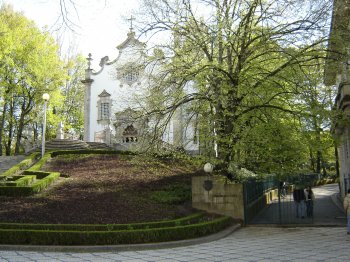
Miradouro de Cabeço das Cabras
- country
- leisure
Madalena
9950-364, Madalena
The Cabeço das Cabras is the final border between the adventurous departing up the mountain and the most fearful who prefer the safety of the road. It is about 1200 meters above sea level, on the western slope of Mount Pico, and highest point on the island is accessible by car. Here one can observe the entirety of the island of Faial and the immensity of the blue sea.
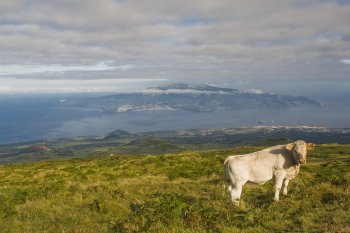
Cabeço das Pombas
- heritage
EM514, 87
5120-284, Pinheiros
Located on a granite outcrop, in the parish of Pinheiros, the rock engravings of Cabeço das Pombas constitute an artistic-religious manifestation of great importance, with supposed origins in the Bronze Age, although their exact symbolism is unknown. It is believed that they were associated with a ceremonial cult. The figures inscribed on the rock are grouped into sets, engraved at different times, the oldest being the central one.
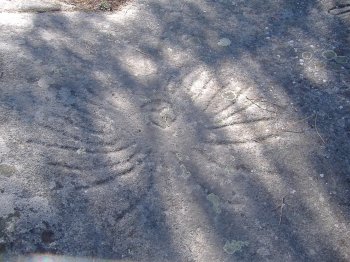
Tapada Real de Vila Viçosa
- country
- leisure
Avenida Duques de Bragança
7160, Vila Viçosa
One of King Carlos' favorite hunting grounds, the Tapada de Vila Viçosa, would come to be managed by the Fundação da Casa de Bragança. In 1981, the General Directorate of Forests bought 269 of the approximately 1200 hectares of the tapada. Many animal species can be seen there, such as the Iberian lynx, the golden eagle, the black stork and the black vulture.
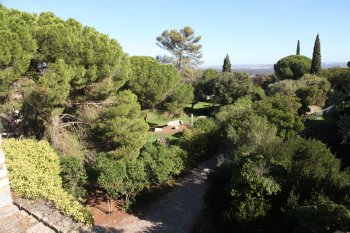
Convento dos Franciscanos / Convento de São José
- heritage
Largo de São Sebastião
3660-441, São Pedro do Sul
Ancient monastery founded in 1725 to serve as hospital and hostel to the friars of the third order mailers das termas. The conventual set consists of the temple, cloister and monastic dependencies. The former monastery church, highlighting only within the tiles and the image of the Virgin with child. Have a chime in activity and promptly is open for concerts of classical music and traditional music of the region.
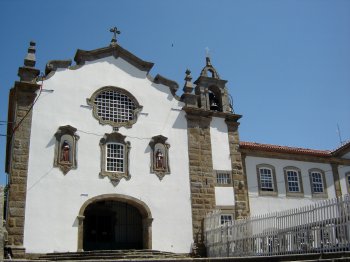
Ermida de Nossa Senhora do Pé da Cruz
- heritage
Largo do Pé da Cruz
8000-154, Faro
Buolt in 1640, the hermitage of Nossa Senhora do Pé da Cruz was renewed in the 18th century and there is still an interesting ornamentation of the baroque epoch in its interior. One should notice, in its back part, the Monumental Passo (oratorio regarding one of the parts in Christ's Passion), with a rare picture of the Senhor dos Aflitos in jaggy tiles.
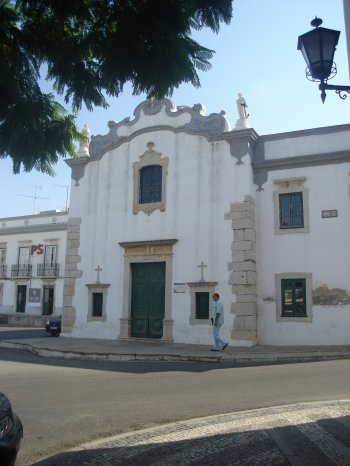
Capela do Senhor dos Passos
- heritage
Rua da Liberdade
7920-370, Vila Nova da Baronia
Also known as Igreja da Misericórdia, this Chapel is filipino time. Inside, the highlight goes to the 17TH century mural that depicts the "corporal Works of mercy" with symbols of the passion of Christ in the vault of the chancel episodes from the life of Christ in elevations. Another highlight is the screen of the last quarter of the 16th century by Francisco campos that depicts the theme of the visitation.
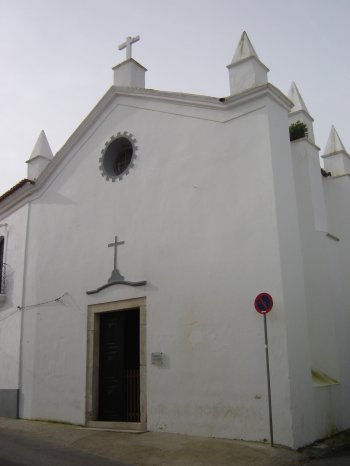
Capela dos Passos da Paixão de Cristo
- heritage
Largo Martins Sarmento, 57
4800-432, Guimarães
This set of steps, or stations of the religious life, were originally seven when they were built in 1727. However, they were later transferred or removed, leaving only five: Step from Largo do Carmo, Rua de Santa Maria step, Step Largo João Franco, Step of the Senhora da Guia and Step the fair field.
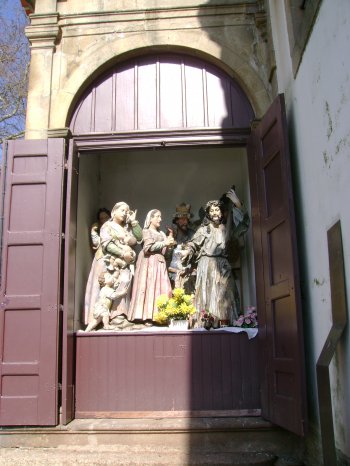
Edifício da Escola Superior de Tecnologia de Abrantes
- heritage
Rua 17 de Agosto de 1808, 26
2200-370, Abrantes
Building built on the site where once existed the convent of Nossa Senhora da Graça, demolished in 1901 to make way for the construction of the current building. Opened in 1904, housing initially some public offices. After working as prison, Casa do Povo, finance and as Civil and commercial Registration, was inaugurated here the school of technology of Abrantes, in 1999.
